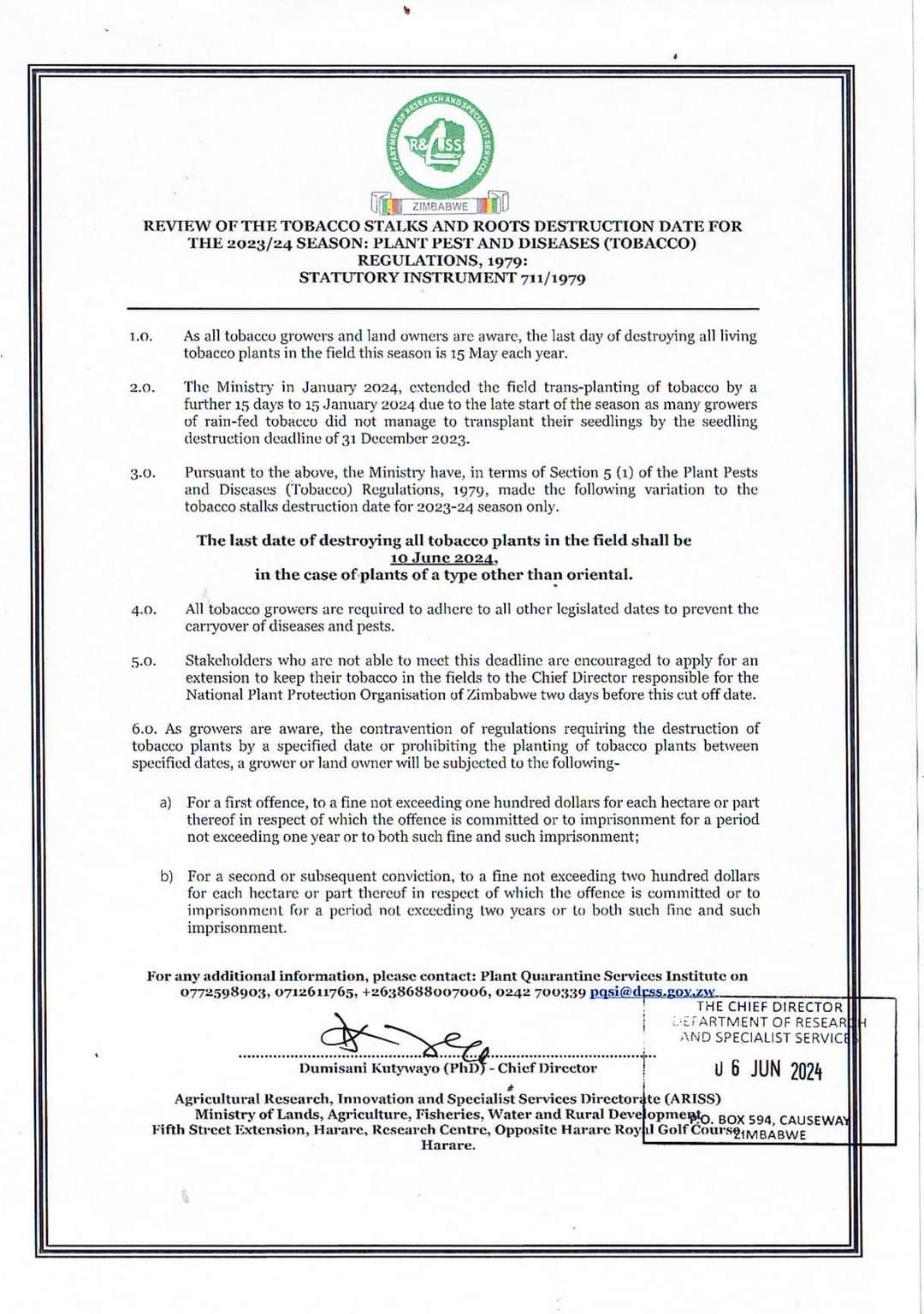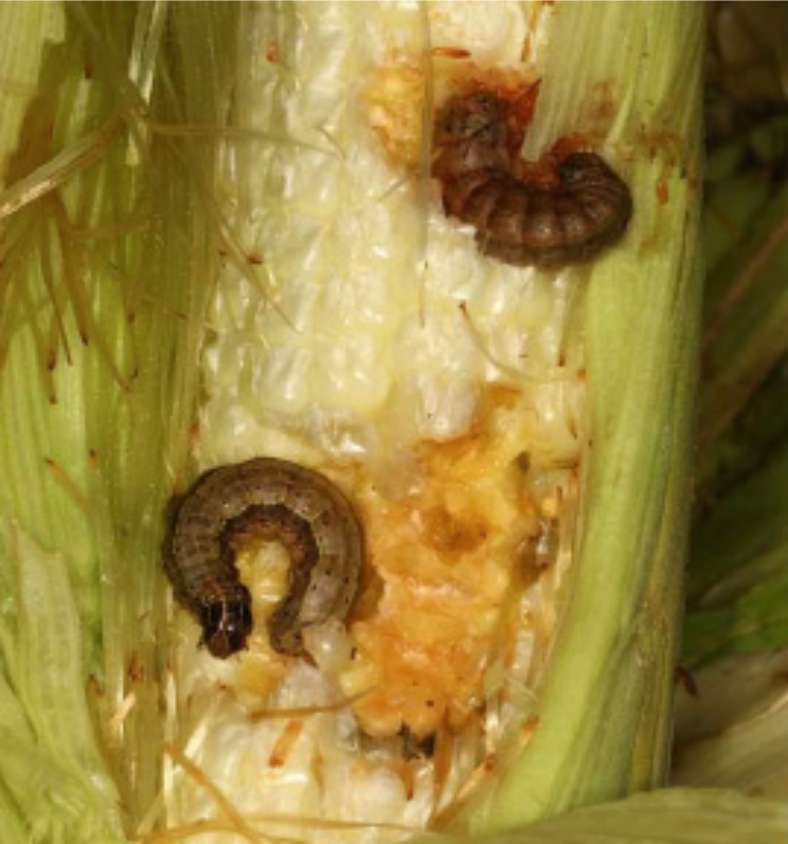Mastitis control is a better option than mastitis treatment

Mastitis control is a better option both economically and for the health of the dairy cow than mastitis treatment. Not only is the treatment expensive, but the cows production will decrease by at least 10% while she has active mastitis and the loss in production can continue throughout her current lactation.
Mastitis is medically defined as an inflammation of the udder which is a reaction of the body tissues to trauma or infection, usually bacterial. The amount of mastitis in a dairy herd is directly related to management.
Most farmers know the indicators of clinical mastitis as symptoms are obvious; hot, swollen udder, lumps or blood in the milk, drop in production, temperature rise etc. However, the biggest problem in most dairy herds is sub-clinical mastitis, which may show no obvious symptoms. The milk will test positive on a mastitis test, but the cow appears healthy and the milk appears normal. Despite this, she remains a source of infection to other cows.
Some cows are not infected and show healthy udders. Others, although appearing healthy, are sub-clinically infected and although not showing symptoms, are infective and have mastitis. Others are clinically affected and show symptoms. When the farmer treats only the third group, about half of them will respond and become non-infected, moving back into the first group with healthy udders. However, about 40% will become sub-clinical, still being infective but no longer showing symptoms. Some of these sub-clinical cows (about 20%) will self-cure and the udders become healthy and the cows no longer infective. The others, however, will remain a source of infection for healthy cows and some will become clinical, showing symptoms of mastitis.
As can be seen, sub-clinical mastitis has far reaching effects on the udder health of the cows and the profitability of the business. It is essential that every teat of every cow is tested for sub-clincal mastitis on a regular basis and that control measures are put into place and strictly adhered to.
Mastitis-causing bacteria enter the udder through the teat canal, or less often, through cuts and abrasions on the udder. Subclincial mastitis can last through several lactations, including the dry period, unless dry cow therapy is used.
The laboratory can determine the bacteria causing the mastitis and this gives the farmer an indication of where the management is at fault and what measures can be put into place to prevent recurrence.
Main Bacteria Causing Mastitis
Staphylococcus aureus – Most common cause of mastitis, readily infects udder via teat canal and infects injuries on teat surface. To control, disinfect teats and udders, use of dry cow therapy
Streptococcus agalactiae –Found on the udder of the cow, can be eliminated by use of antibiotics alone.
Environmental Bacteria
Streptococcus uberis – commonly causes sub-clinical mastitis. Environmental bacteria, found on grass, dung, dirty litter. Teat dipping and hygiene essential for it’s control.
Streptococcus dysgalactiae – infects teat lesions and may come from vulva discharge. Easily transferred from cow to cow during milking. To control, teat dipping and washing milkers hands between milking, treating teat lesions.
Escherichia coli – normal inhabitant of the gut and found in large numbers in dung. Usually causes clinical mastitis, therefore seen and treated. Control includes keeping cattle in clean, hygienic conditions and dry, clean bedding. Worker hygiene also essential.
Cornybacterium pyogenes – These infections usually only occur at calving or after damage at the teat end. It can cause serious mastitis in dry cows and even heifers. It is found in abcesses and the gut and moves to dung, soil and contaminated water.
Check List for Mastitis Control
- Stripping (with a strip cup, NOT onto the floor or hand)
- Disinfect and dry hands between cows
- Hygiene routine
- Clean, bacteria-free water
- Teat washing with clean running water, bare hands
- Disinfect
- Dry teats
- Milk immediately after prepping
- Use of teat dip AT CORRECT STRENGTH
- Disinfect hands between cows and dry them
- Use of Dry Cow Therapy . Dry Cow therapy is intended as a preventative and not a treatment.
- Disinfect the teat with spirit or similar and cotton wool
- Infuse entire contents of the dyringe
- Teat dip
- Prevent the cow from lying down immediately afterwards as teat dip takes about 30 mins to dry and seal the teat.
- Some farmers teat dip every day for the first 4-5 days of the dry period.
- Treatment of infected cases
- Use the correct antibiotic
- Scrub teats with spirit and cotton wool so as not to introduce more bacteria with the infusion
- Infuse entire contents of the syringe, one syringe per teat
- Teat dip
- Follow manufacturers instructions, and as with all antibiotics complete the course even if symptoms go before then
- Milk out the cow frequently – disposing the milk safely (do NOT give mastitis milk to calves)
- Hot water massage of the udder can speed recovery
- Always milk mastitis cows last and keep in isolation.
- Cull chronic cases.



